استبدِل جميع مثيلات Roboto بـ Roboto Flex. خصِّص مقياسًا لنوع الخطوط الأساسية يكون محسَّنًا للساعات ولغة التصميم التعبيري في Material 3.
استخدام محور متغيّر وعرض متغيّر ووزن متغيّر لتنظيم طريقة تصميم النص الكبير في العرض والعنوان لتحسين النمط وتوفير المزيد من الفائدة وسهولة القراءة للمقاسات الأصغر
Roboto Flex
يوفّر Roboto Flex مجموعة من المحاور المتغيّرة التي تخدم حالات استخدام تطبيقك.
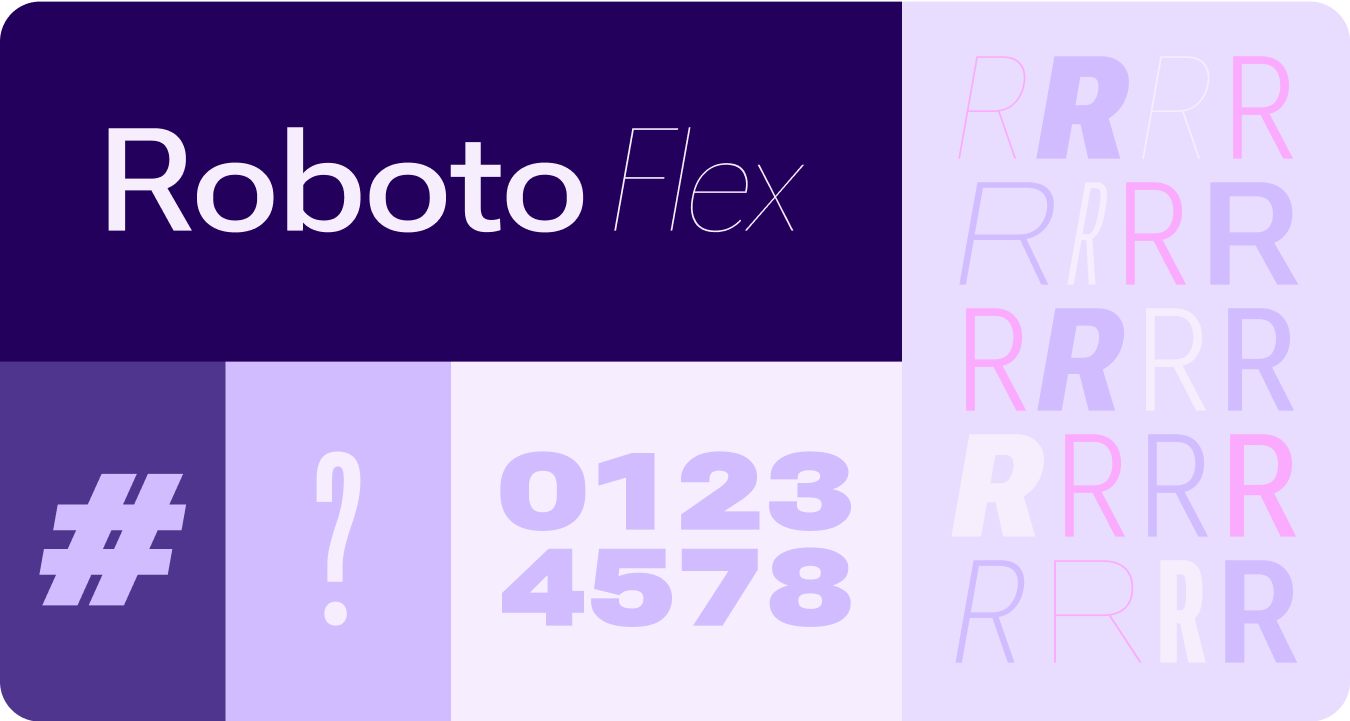
المحاور القابلة للتعديل
على الرغم من أنّ الخطوط المتغيّرة يمكن أن تتضمّن العديد من سمات الخطوط المتغيّرة للتعبير، هناك سمتان من سمات التصميم (أو المحاور) المخصّصة (أو المحاور) اللتان هما الأنسب لتصميم المنتجات: السمتَان "السُمك" و"العرض".
الوزن
السماكة هي السمة الأساسية التي تحدّد السمك العام لخطوط الخط في أي خط معيّن. إنّ الوزنَين الأكثر شيوعًا هما الوزن العادي والوزن المميّز، ولكن يمكن أن تتراوح الأوزان بين الخفيف جدًا والثقيل جدًا. إذا كان نوع الخط متغيّرًا، يقدّم نطاقًا كاملاً ومتواصلًا لسماكة الخطوط، ما يجعل عدد الأوزان غير محدود بشكلٍ فعّال.
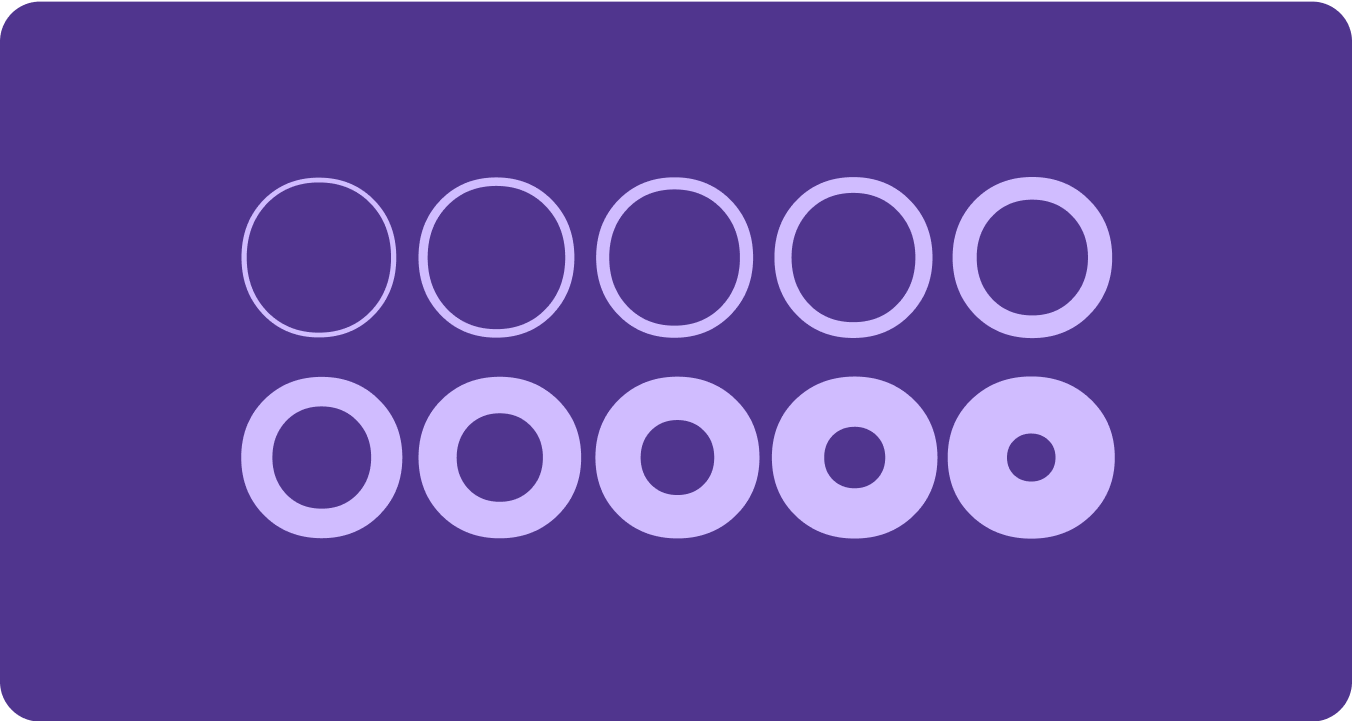
ملاحظات يجب تذكرها
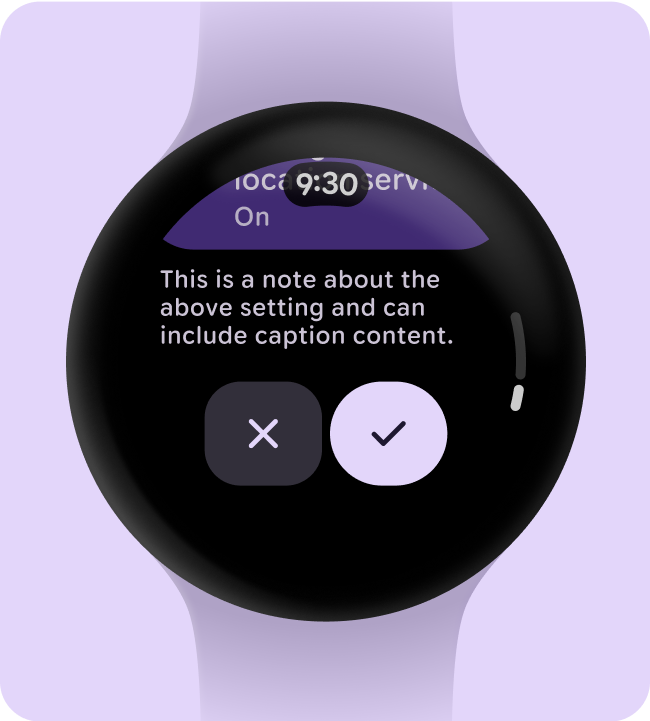
تنبيه
احرِص على عدم استخدام نوع كثافة خفيف جدًا لنص النص الرئيسي. قد تواجه الشاشات ذات الدقة المنخفضة صعوبة في عرض الخطوط الدقيقة، خاصةً الخطوط الصغيرة. استخدِم كثافات أخفّ في أحجام الخطوط الأكبر، مثل نوع الشاشة.
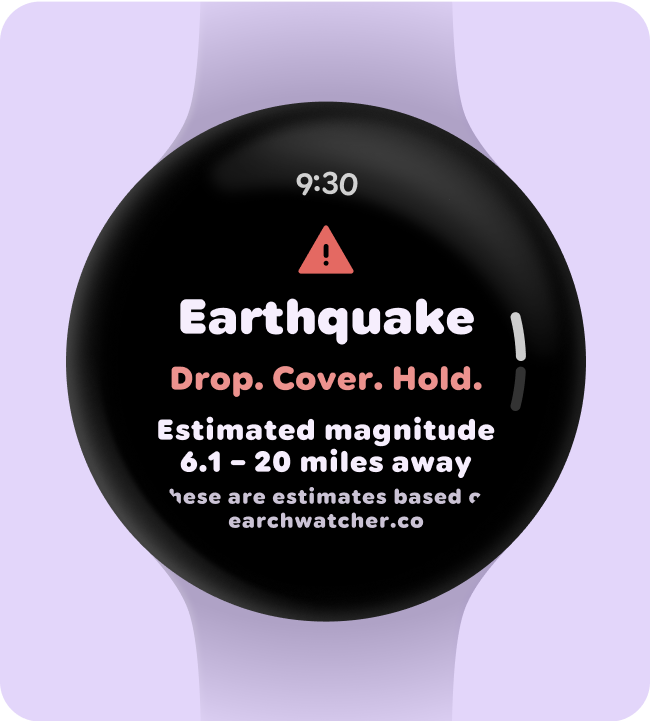
تنبيه
في المقابل، قد يؤثّر الوزن الزائد في الأحجام الأصغر في قراءة النص. قد يصعب قراءة النص إذا كان الخط كثيفًا جدًا.
العرض
العرض هو نتيجة المساحة الأفقية التي تشغلها أحرف الخط. يسمح العرض الضيق بعرض المزيد من الأحرف في كل سطر، في حين أنّ العرض الأوسع قد يمنح التطبيق طابعًا شخصيًا أكبر.
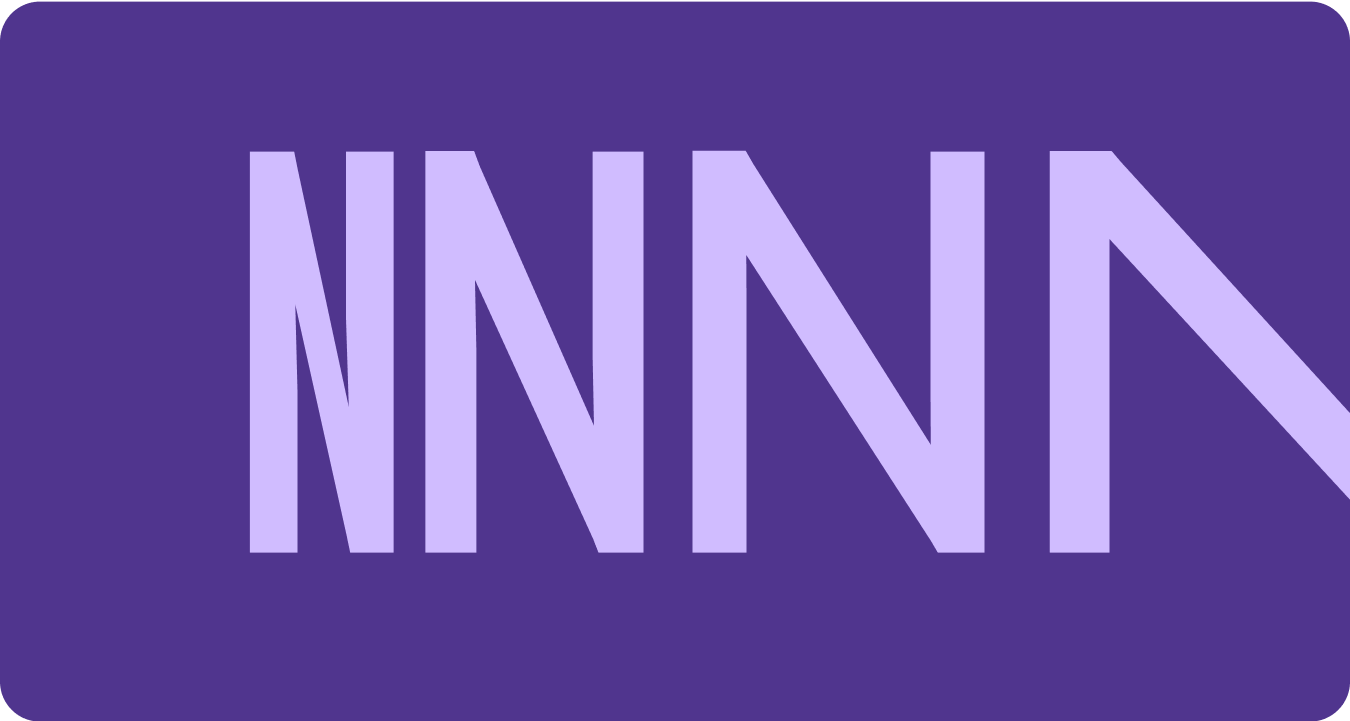
ملاحظات يجب تذكرها
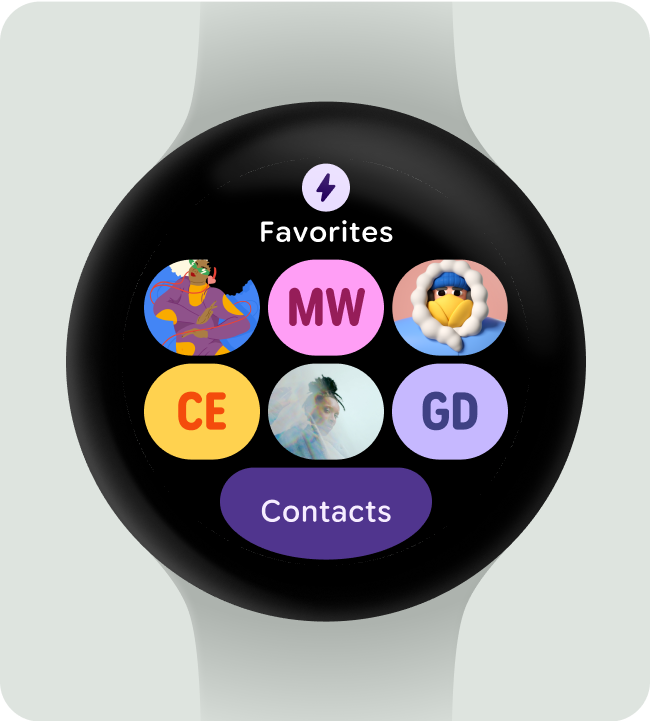
الإجراءات التي يُنصح بها
يمكن أن يسمح العرض الأضيق بعرض المزيد من الأحرف عند استخدام أحجام صغيرة، مثل اسم أو رقم طويل.
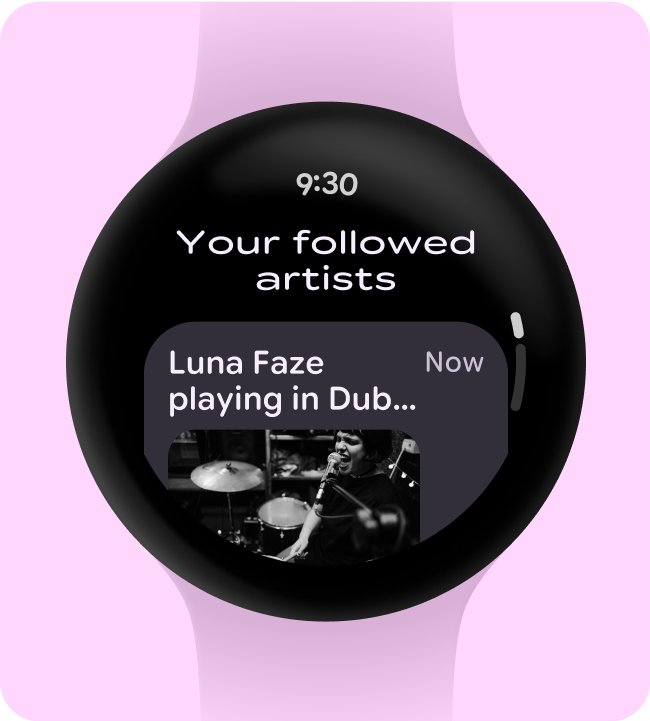
الإجراءات غير المُوصى بها
وبما أنّ الأنماط الأوسع تستهلك مساحة أكبر، تجنَّب استخدامها في المناطق التي تتوفّر فيها مساحة محدودة، مثل عنوان صفحة التطبيق.

